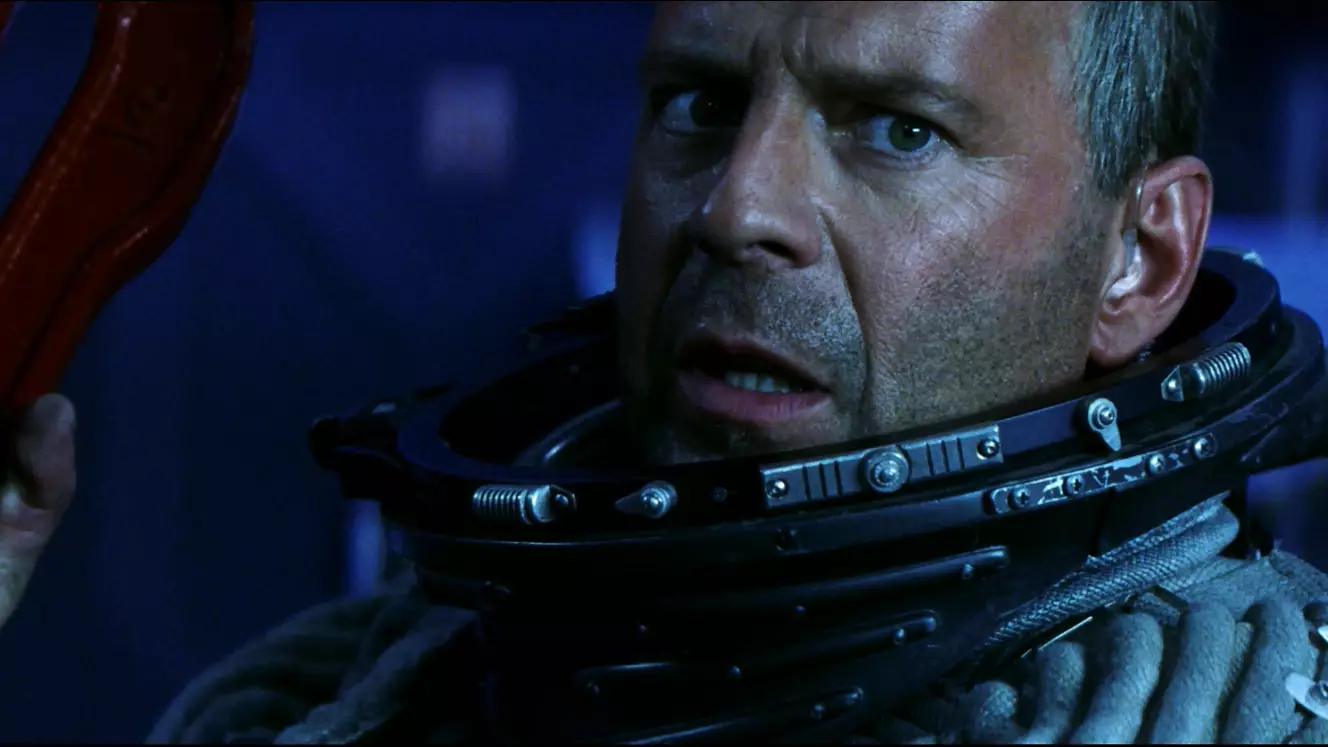
The end is nigh - or at least, more nigh than we thought it was. In fact, it could well happen at any time, as the boffins tasked with spotting our imminent demise appear to have dropped a massive hairy one.
If you're in the NASA asteroid spotting division, you really only have one job: spot massive objects flying at earth. According to reports in the United States, however, this presumably crack team of space boffins have completely missed an asteroid the size of a blue whale, which will skim the Earth's orbit at some point this evening.
Advert
The rock, known as 2018 CB, was only spotted on Sunday. I don't know about you, but that sounds like pretty short notice to me. Like, if necessary, we'd struggle to get Bruce Willis and Ben Affleck up into space to do something about it in just five days.
2018 CB is expected to narrowly skim the earth - narrowly skimming, in this case, meaning missing by around 39,000 miles, which sounds like quite a lot but is the intergalactic equivalent of a bullet taking the skin off your nose.
Given that NASA consider asteroid 'hazardous' if they come within 4.6 million miles, missing one that comes within 39,000 is a fairly major oversight. It's also around 15 and 40 metres wide.
"Asteroids of this size do not often approach this close to our planet - maybe only once or twice a year," said Paul Chodas, who manages NASA's Jet Propulsion Laboratory's Center for Near Earth Object Studies.
Advert
"Although 2018 CB is quite small, it might well be larger than the asteroid that entered the atmosphere over Chelyabinsk, Russia, almost exactly five years ago, in 2013."
METEOR LANDS IN SOMEONE'S BACK GARDEN:
When that asteroid struck five years ago, it caused shockwaves that were the equivalent of 20 atomic bombs. Fortunately, Chelyabinsk is in the middle of Siberia and thus very few people were around: 1,600 people were injured in total, while buildings were damaged and windows were smashed.
Advert
NASA is currently not capable of deflecting an asteroid that is on a direct collision course with Earth and instead would attempt to deal with the issue on the ground by hoping to limit damages, evacuating people and relocating infrastructure.
But a large part of the plan is predicated on discovering asteroids early. The Space Agency is developing technology that would be capable of changing the flight of an asteroid via what they call a 'kinetic impactor technique', creating a force that would move the orbit away from a collision with Earth.
Featured Image Credit: Armageddon/Buena Vista PicturesTopics: Science, World News, News, space, Asteroid